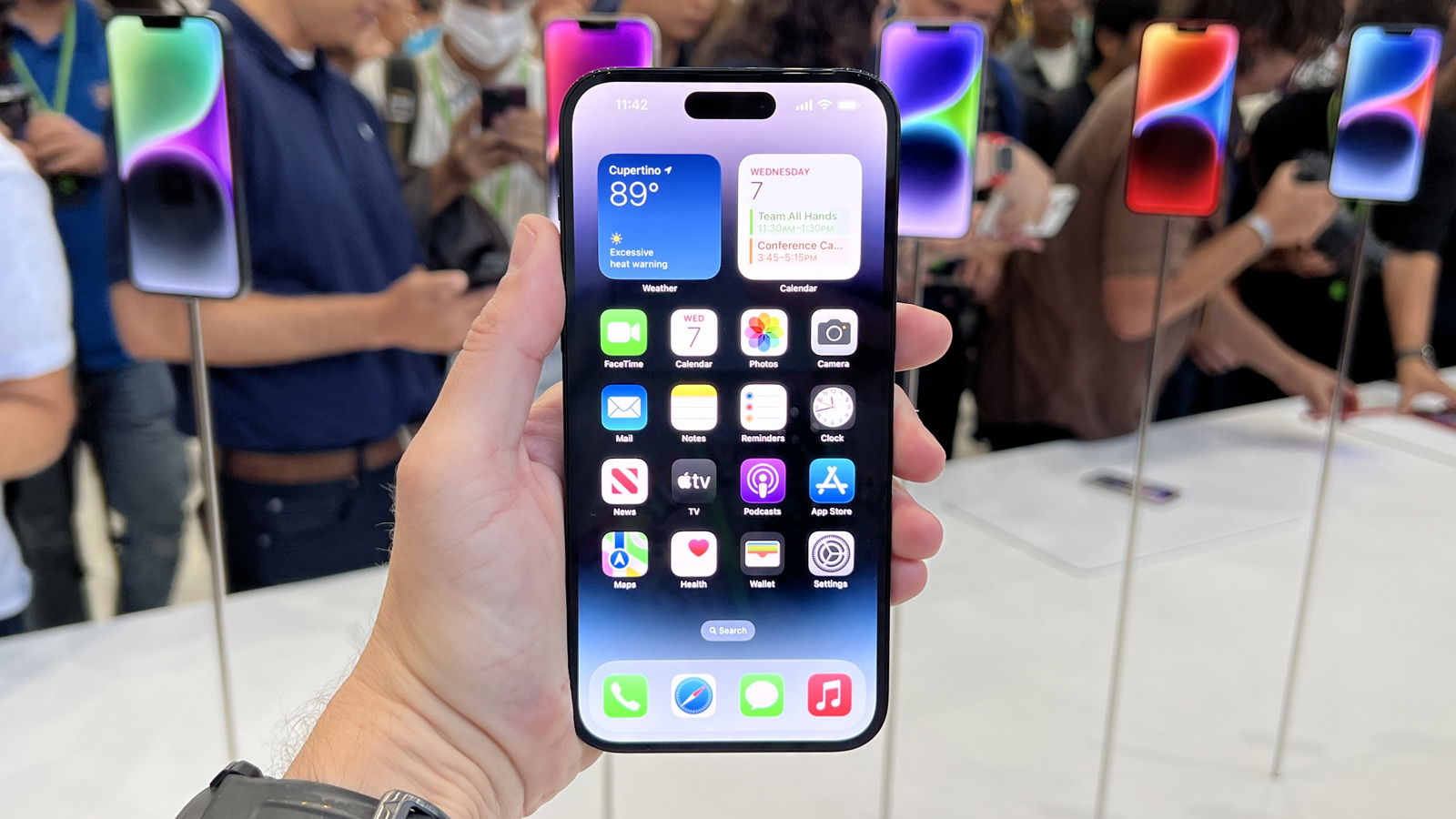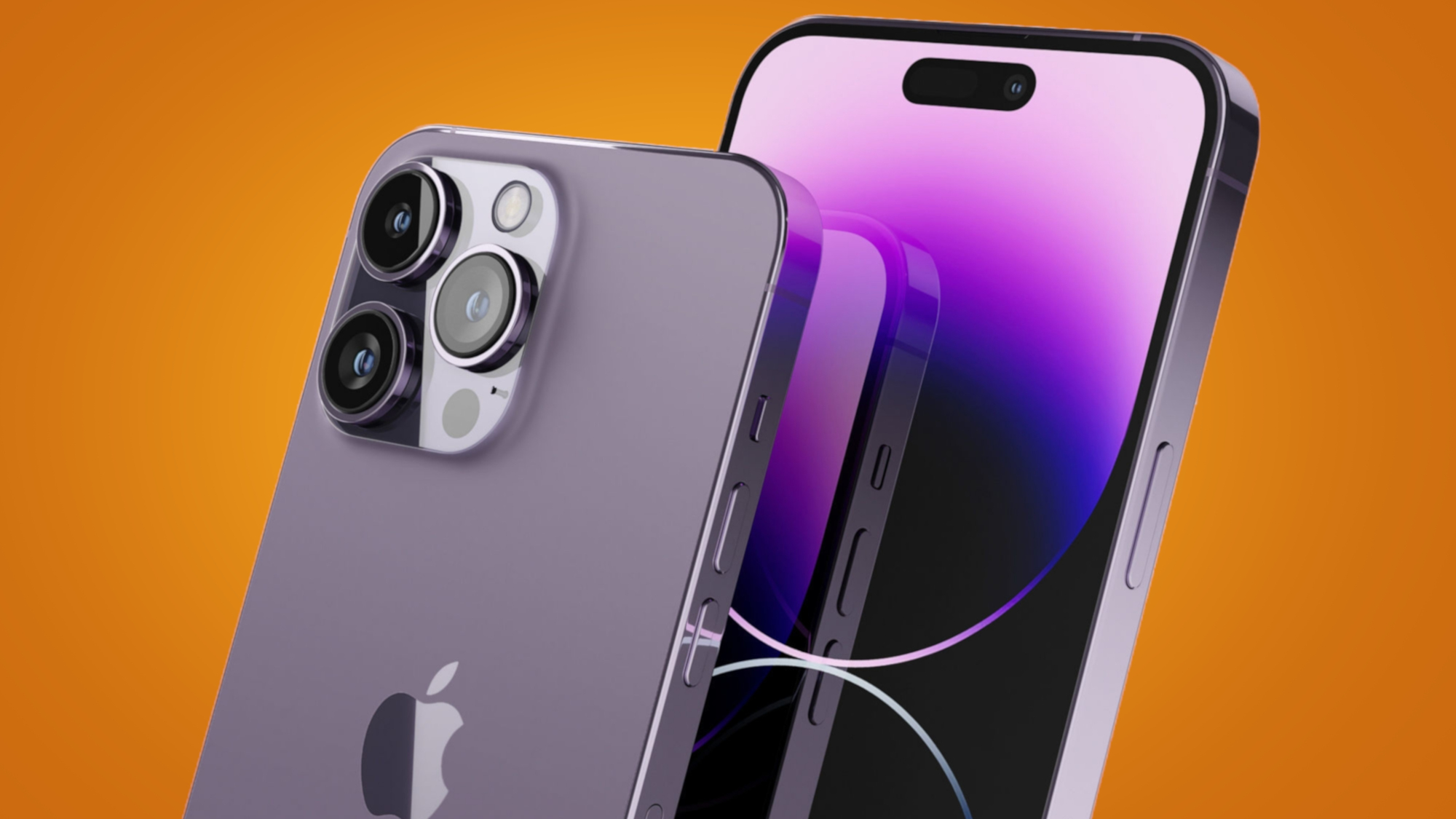iPhone 16 tipped to match the iPhone 16 Pro's chip, but could miss out on OLED screen boost
It could still be a tricky decision between the two

For the last couple of years, Apple has differentiated its Pro-level iPhones from their non-Pro siblings by only including its latest chips in the top-end devices. The regular iPhones, meanwhile, end up stuck on last year’s Apple silicon chips.
That strategy might be about to change, though, as a new report from Taiwanese publication CTEE (via AppleInsider) claims that Apple will ensure all its upcoming iPhone 16 devices run on the A18 family of chips. Meanwhile, a separate leak from ETNews suggests the Pro series will get a brighter, more efficient OLED display.
The chip strategy would differ from last year’s plan, where the iPhone 15 used the A16 Bionic while the iPhone 15 Pro got the brand-new A17 Pro chip. This time, it seems you’ll be able to get an A18-series chip no matter which phone you choose.
That idea is backed up by some code sleuthing done by MacRumors. The website reported on iOS code that listed model numbers for the iPhone 16 series, with the numbers ranging from iPhone17,1 to iPhone 17,5.
Having every model use the 17 designation is important – in the iPhone 15 series, the entry-level phones were named as iPhone15,4 and iPhone15,5, while the Pro ones were named iPhone16,1 and iPhone16,2. Apple uses these numbers to denote the chip the phone uses, so if every iPhone 16 model uses the 17 designation, it suggests that they will all get chips from the same family.
Keeping the two-tier system?

Although this might look like a major change from Apple, don’t be too surprised if the two-tier approach is still evident this year.
CTEE believes that the A18 chip inside the iPhone 16 and iPhone 16 Plus will be a retooled A17 Pro made with a new N3E process. The iPhone 16 Pro and iPhone 16 Pro Max, on the other hand, will apparently get a new A18 Pro chip that is 15-20% larger than the A18. This will allow it to pack in a greater number of “graphics and AI computing units,” CTEE says.
Get daily insight, inspiration and deals in your inbox
Sign up for breaking news, reviews, opinion, top tech deals, and more.
There’s another possibility: Apple could disable some features of the A18 and uses this slightly weaker version in the iPhone 16 and iPhone 16 Plus. Alternatively, it might use lower-binned chips for these phones.
One motivation for getting every iPhone on the A18 series could be the increased power they’d possess for handling Apple Intelligence. After all, only the iPhone 15 Pro phones equipped with the A17 Pro can run Apple’s artificial intelligence (AI) tools. If every iPhone 16 will get either the A18 Pro or a revamped A17 Pro, they should all be able to manage AI tasks with ease.
Either way, it seems that while every iPhone 16 will get an A18 chip, the difference between those found in the Pro phones and those in the entry-level models will still be noticeable. But it’s not the only way the phones might be differentiated from each other.
According to ETNews (translated version), the iPhone 16 Pro and iPhone 16 Pro Max will come with a new OLED display that won’t be found in the base iPhone 16 models. ETNews doesn’t provide much in the way of specifics, other than to say that the upgraded panels use a new ‘M14’ AMOLED stack. We’ll have to see how much of a difference this makes when Apple launches the iPhone 16 series – assuming the rumor is true, of course.
That all suggests that Apple’s iPhone event this September will be one to watch, especially if you want to try Apple Intelligence without requiring an expensive Pro-level phone.
You might also like

Alex Blake has been fooling around with computers since the early 1990s, and since that time he's learned a thing or two about tech. No more than two things, though. That's all his brain can hold. As well as TechRadar, Alex writes for iMore, Digital Trends and Creative Bloq, among others. He was previously commissioning editor at MacFormat magazine. That means he mostly covers the world of Apple and its latest products, but also Windows, computer peripherals, mobile apps, and much more beyond. When not writing, you can find him hiking the English countryside and gaming on his PC.